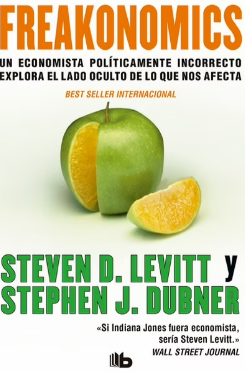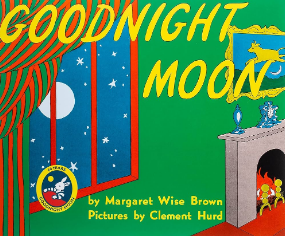
Freakonomics, put simply, is 336 pages of interesting hypotheticals, wild comparisons and thought provoking insight in and around the world of economics. Authors Steven D. Levitt and Stephen J. Dubner fill this book with chapters titled “Why do drug dealers still live with their moms?”, “How is the Ku Klux Klan like a group of real estate agents?”, and “What do schoolteachers and sumo wrestlers have in common?” just to name a few. As you can tell, the topics covered in this book are far from what you would suspect from your everyday economics literature. On its road to reaching New York Times best selling list, the book raised controversy which some say quickened its path to selling over 7 million copies to date. Here is my review of the book Freakonomics.
To start off, this book does not have a story arc that a normal piece of literature may have nor is it just filled with boring facts like your standard encyclopedia. The book finds a nice middle of entertainment and informational that keeps the reader engaged throughout the novel. Cliffhangers are prevalent at the end of chapters and the use of eye catching titles act as a form of insight of what crazy situations you as the reader will be enveloped in in the next chapter. Statistics are prevalent but are given in forms like graphs that make the brain numbing statistics easy to digest for the average reader who may not want to get into an endless stream of numbers that an economist may enjoy.
Even though this novel does not go through the standard story arc that a book would normally have there are some underlying meanings that are kept up throughout the book. One of these underlying meanings is the idea that incentives drive behavior. Throughout the book there are many times where Levitt and Dubner explain how the presence, or lack thereof, of incentives have changed human behavior throughout history. From looking at how teachers would help their students cheat in exchange for money to how sumo wrestlers would deliberately lose matches to one another, this pair of authors leaves no stone unturned in convincing the reader that anyone is capable of anything if given the right incentive to do so.
Freakonmics was a success but some of that success came in the form of infamy as it faced backlash from some members of the public around a section of the book that looked at the legalization of abortion in 1973 which the 2 authors correlated to the drop in crime in the 1990s. Levitt and Dubner linked this correlation to the fact that these so-called “unwanted babies” would have been born in the past and would have resulted in more crime. But due to the fact that Roe v Wade was passed and that these unwanted babies are no more, crime fell accordingly. The public was also in upheaval about how correlation was being presented as causation when this is unprovable. With controversy or not Freakonmics was one of the most popular books of the early 2000s and really brought economics and its principles to a broader population then it had ever before. If you are interested in reading this book you can check this book out at your local library here at LHS.












